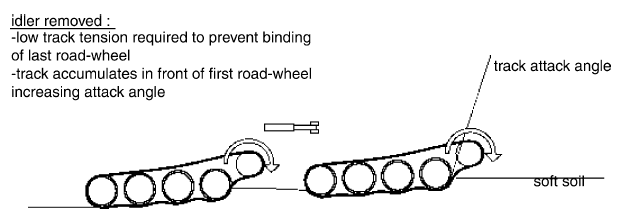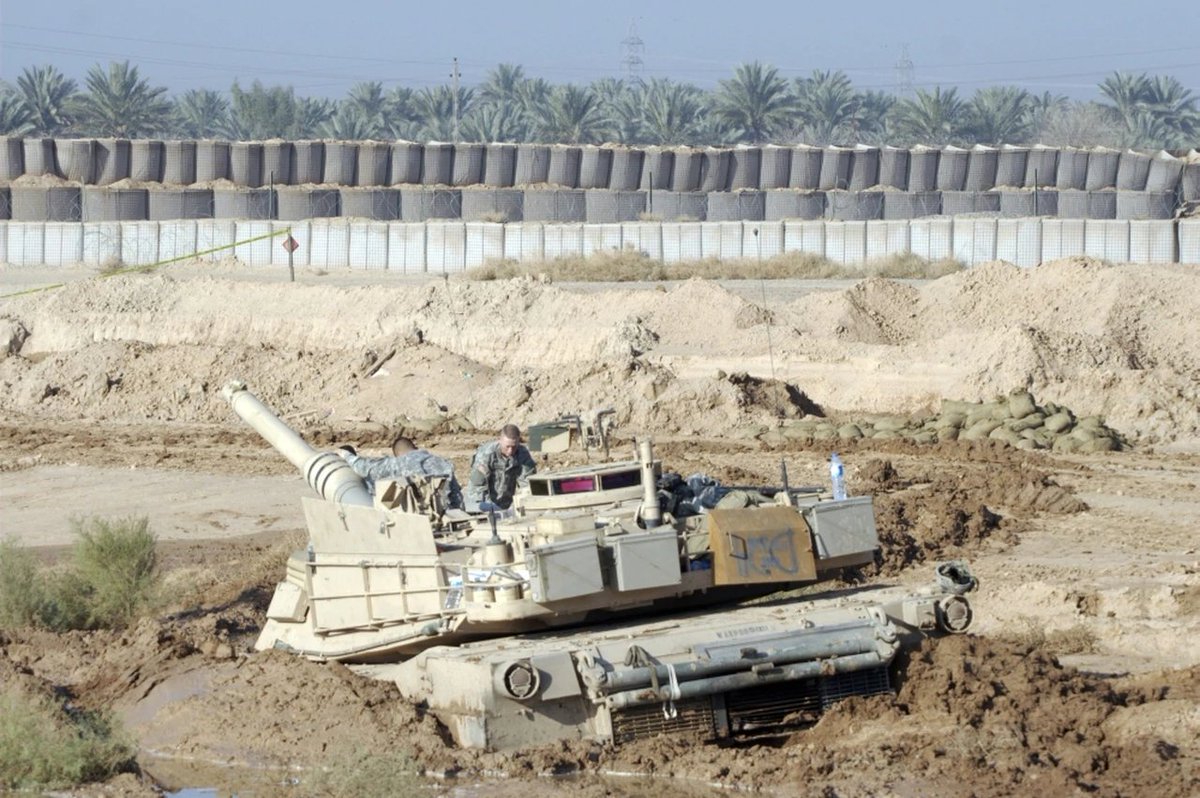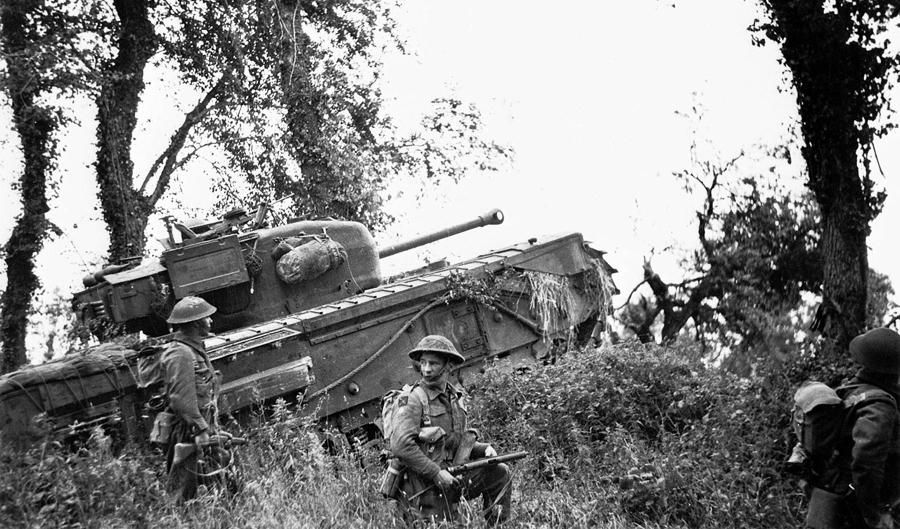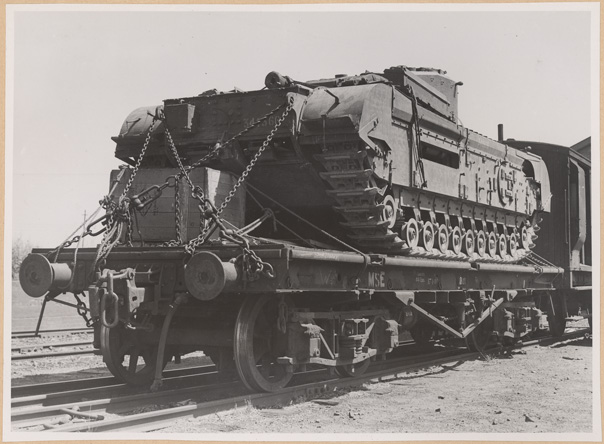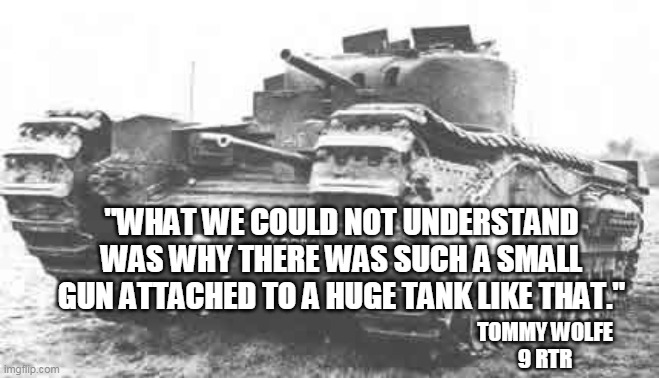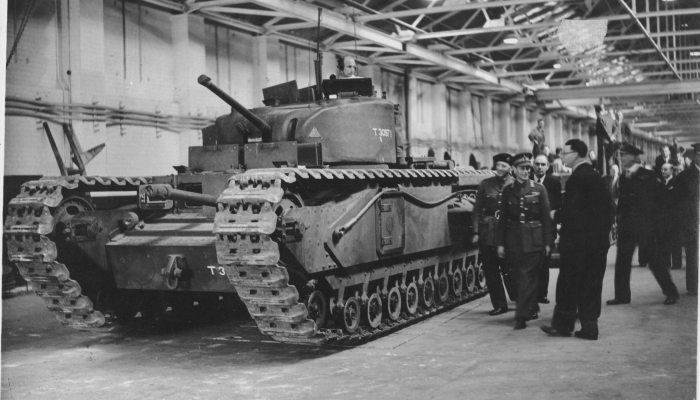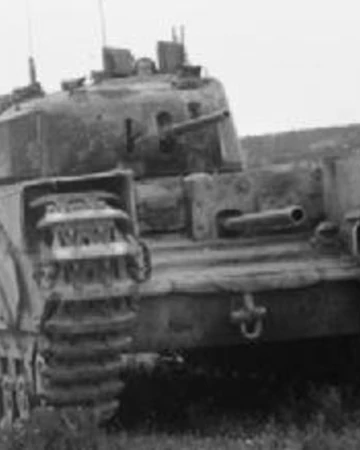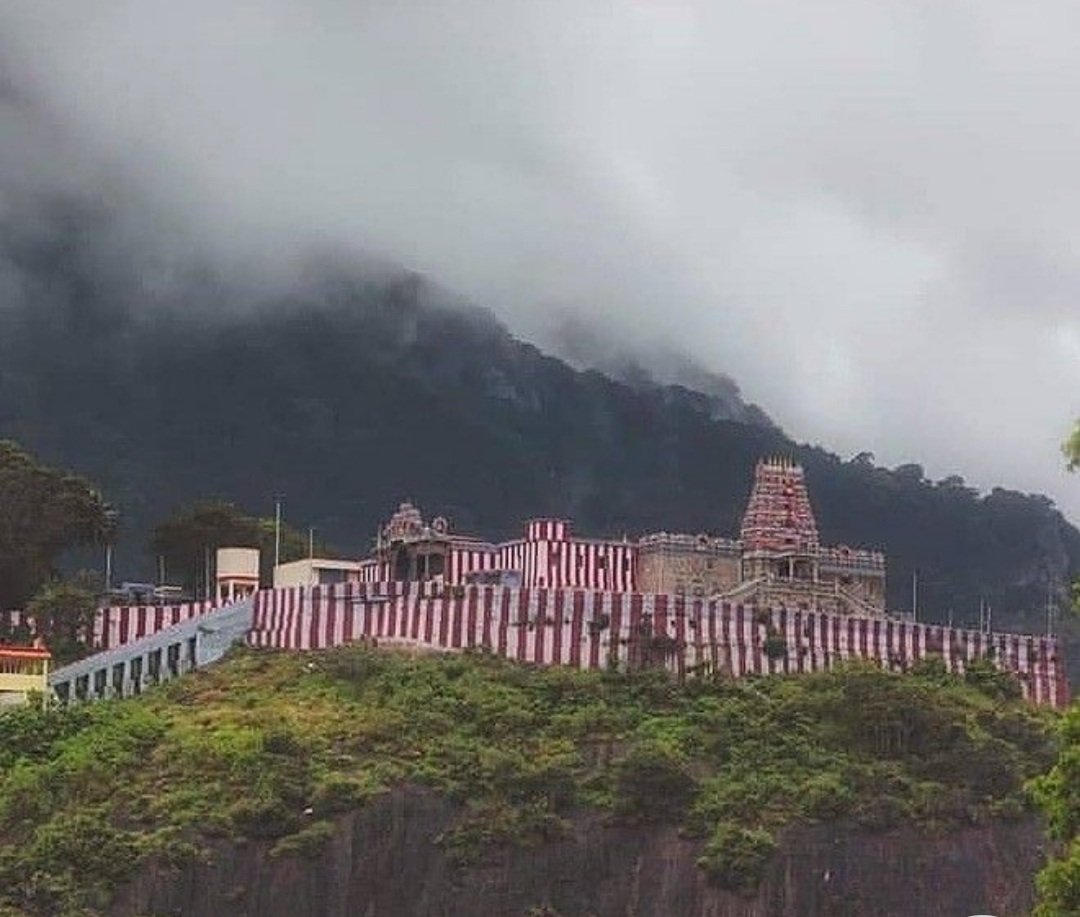A few thoughts on belly loading. No, not our collective plans for the xmas period, a primer on the science behind allowing the belly of a vehicle to contact the terrain, and the implications therein to mobility (spoiler: its always bad) #AFVaDay #miltwitter #tanktwitter
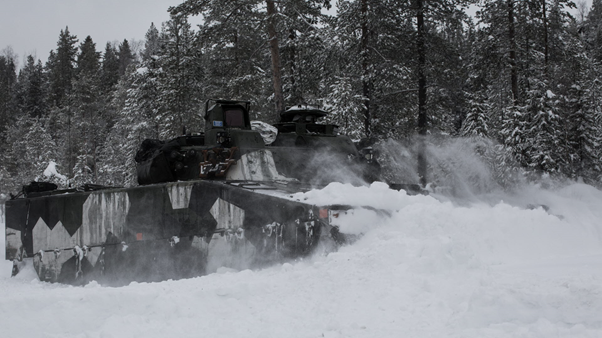
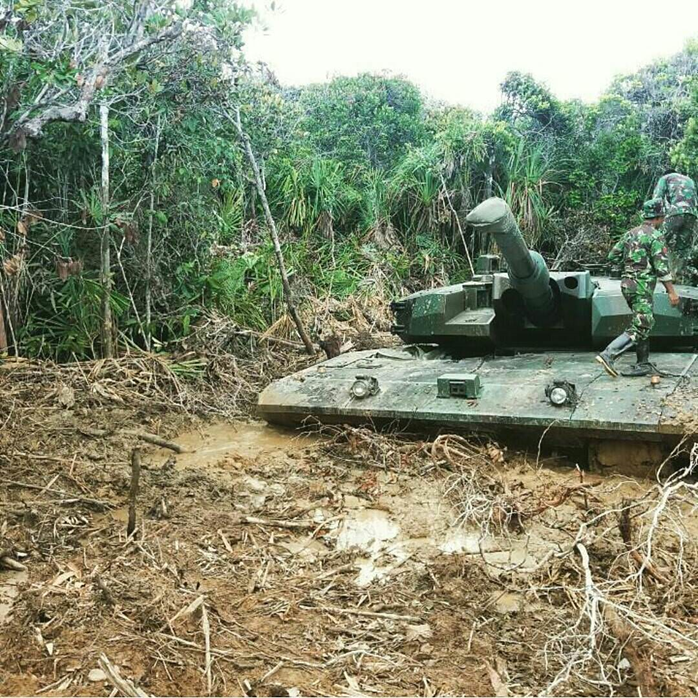
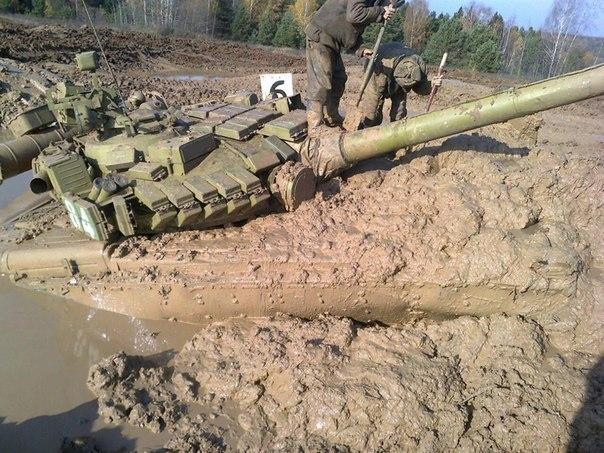
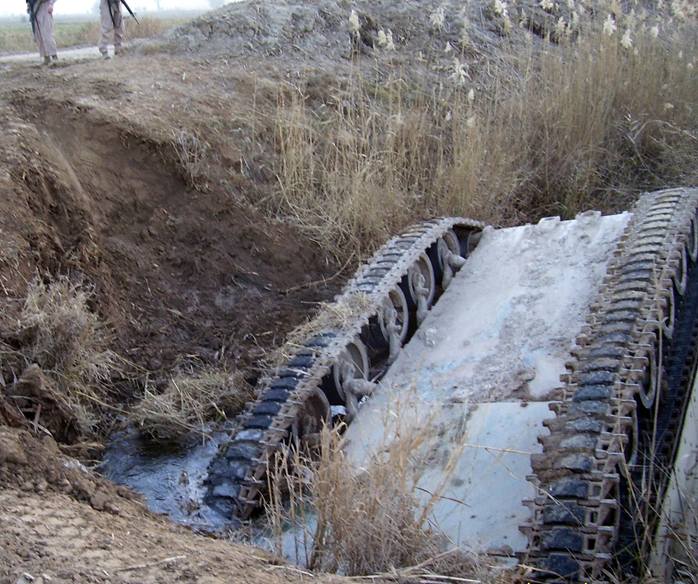
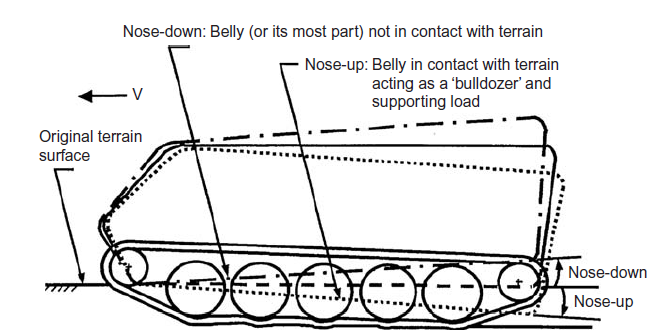

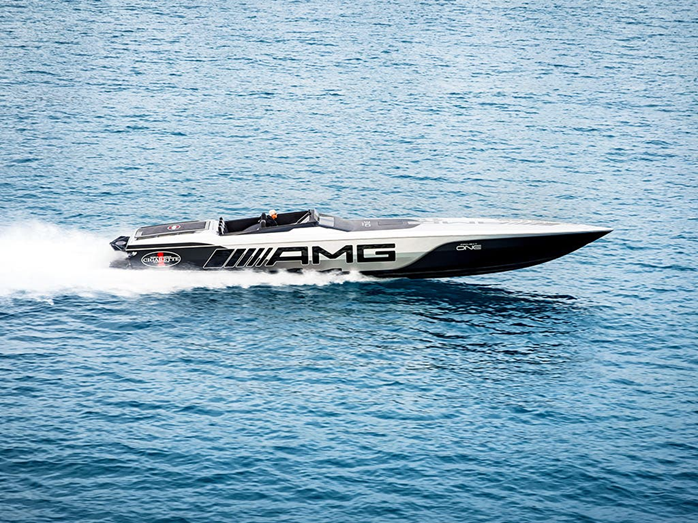
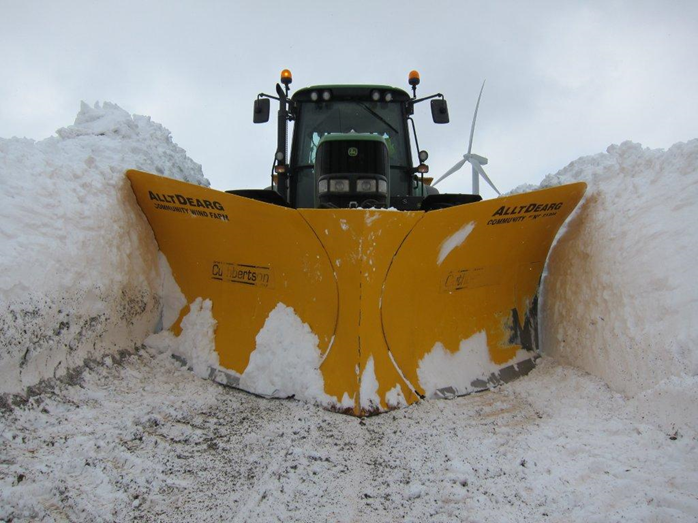
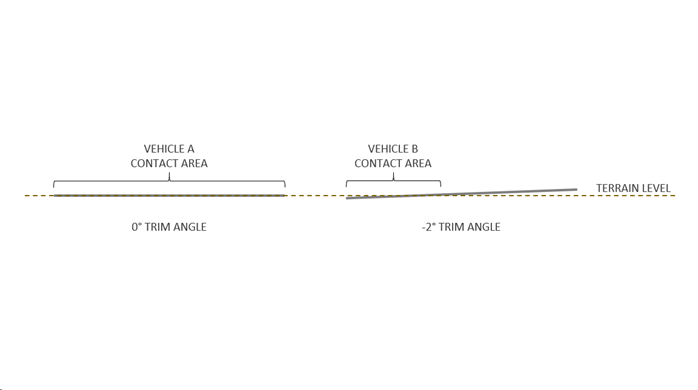
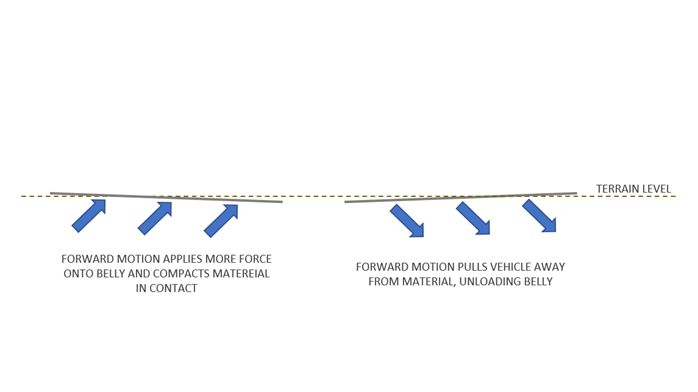
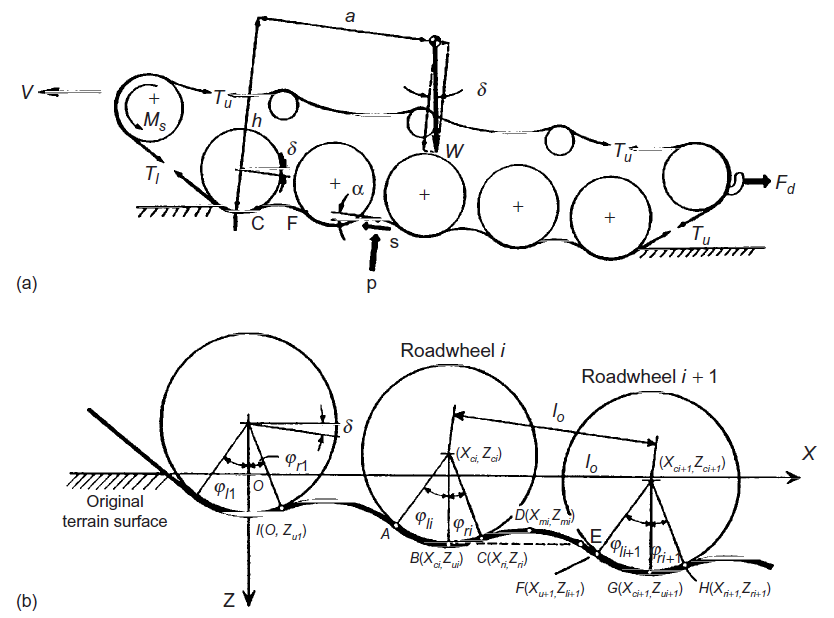
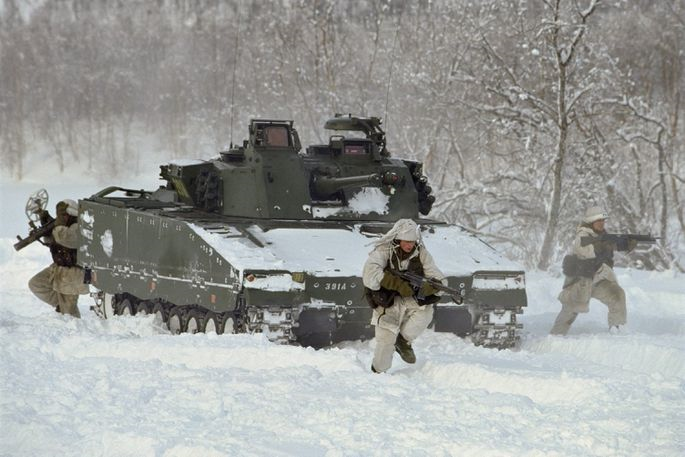
It really is a great shame UK didn’t go CV90 for Ajax and WCSP as a consolidated, common requirement. Its got a big user community and is just an excellent AFV. Ah well.
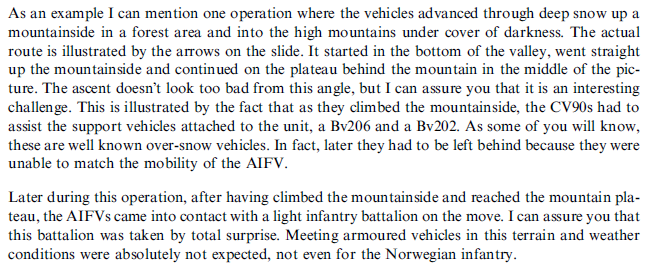
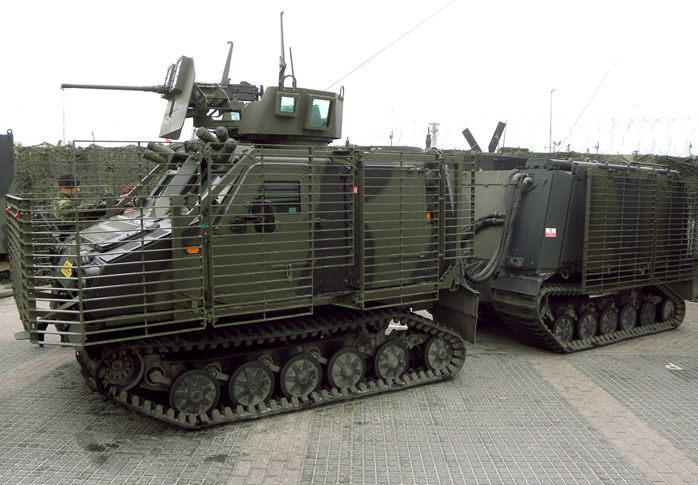
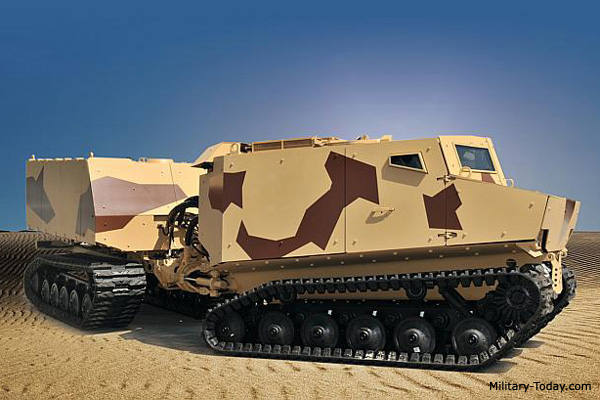
More from War
Reporter in video claimed the BMs have ability to maneuver "outside the atmosphere" but since these missiles are quasi-BMs and don't leave the atmosphere, they may have...
\U0001f534\u0627\u0648\u0644\u06cc\u0646 \u0641\u06cc\u0644\u0645 \u0627\u0632 \u0631\u0632\u0645\u0627\u06cc\u0634 \u0645\u0648\u0634\u06a9\u06cc \u0648 \u067e\u0647\u067e\u0627\u062f\u06cc \u0633\u067e\u0627\u0647 \u0645\u0646\u062a\u0634\u0631 \u0634\u062f. https://t.co/aUZzuJWkzl pic.twitter.com/oFnCJlPuTF
— Mahdi Bakhtiari (@Mahdiibakhtiari) January 15, 2021
...gas thrusters for extra maneuvering ability at very high altitudes where their control surfaces have less use in the thin air. This will make it much harder for ABMs to intercept.
Now into the images; first up is the 8x8 TEL for Zolfaqar/Dezful missiles first seen in 2019. Proof here it's operational and being made in numbers
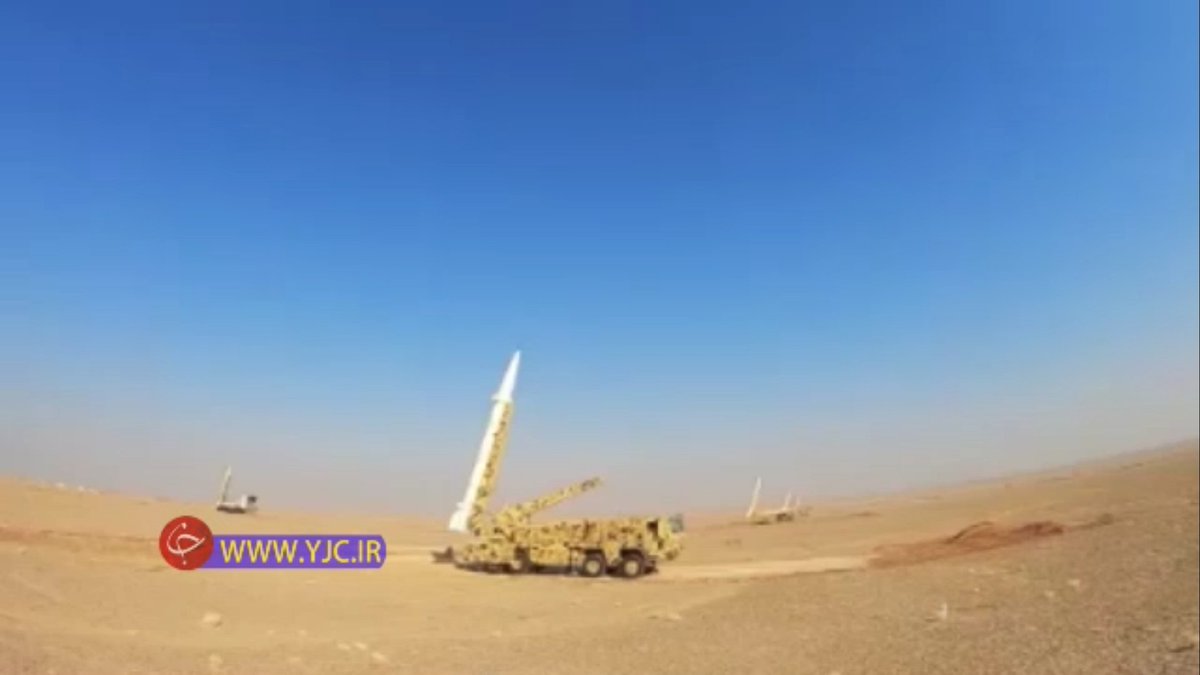
Another video showing a lot of very precise impacts from different angles
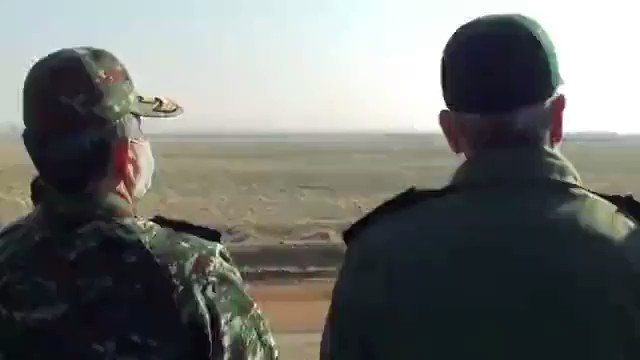
Here are 4 (visible) targets in close proximity with missiles (numbered according to target) going for each of their designated impact points. Incredible accuracy.
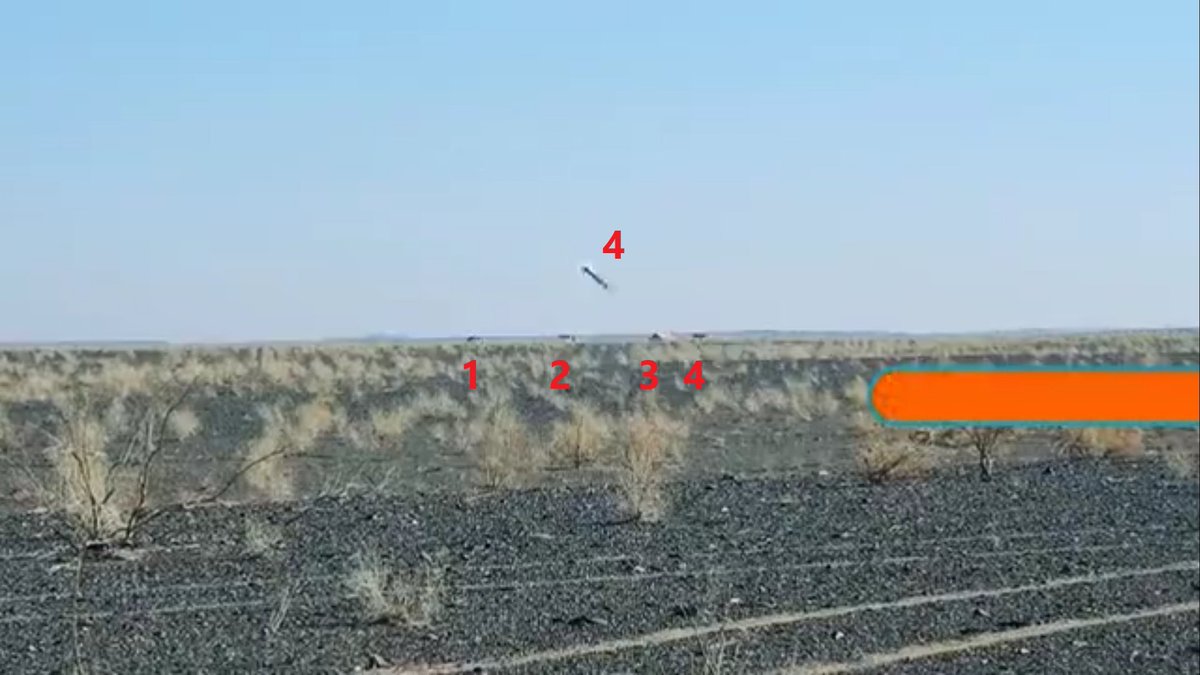
You May Also Like
Five billionaires share their top lessons on startups, life and entrepreneurship (1/10)
I interviewed 5 billionaires this week
— GREG ISENBERG (@gregisenberg) January 23, 2021
I asked them to share their lessons learned on startups, life and entrepreneurship:
Here's what they told me:
10 competitive advantages that will trump talent (2/10)
To outperform, you need serious competitive advantages.
— Sahil Bloom (@SahilBloom) March 20, 2021
But contrary to what you have been told, most of them don't require talent.
10 competitive advantages that you can start developing today:
Some harsh truths you probably don’t want to hear (3/10)
I\u2019ve gotten a lot of bad advice in my career and I see even more of it here on Twitter.
— Nick Huber (@sweatystartup) January 3, 2021
Time for a stiff drink and some truth you probably dont want to hear.
\U0001f447\U0001f447
10 significant lies you’re told about the world (4/10)
THREAD: 10 significant lies you're told about the world.
— Julian Shapiro (@Julian) January 9, 2021
On startups, writing, and your career:

